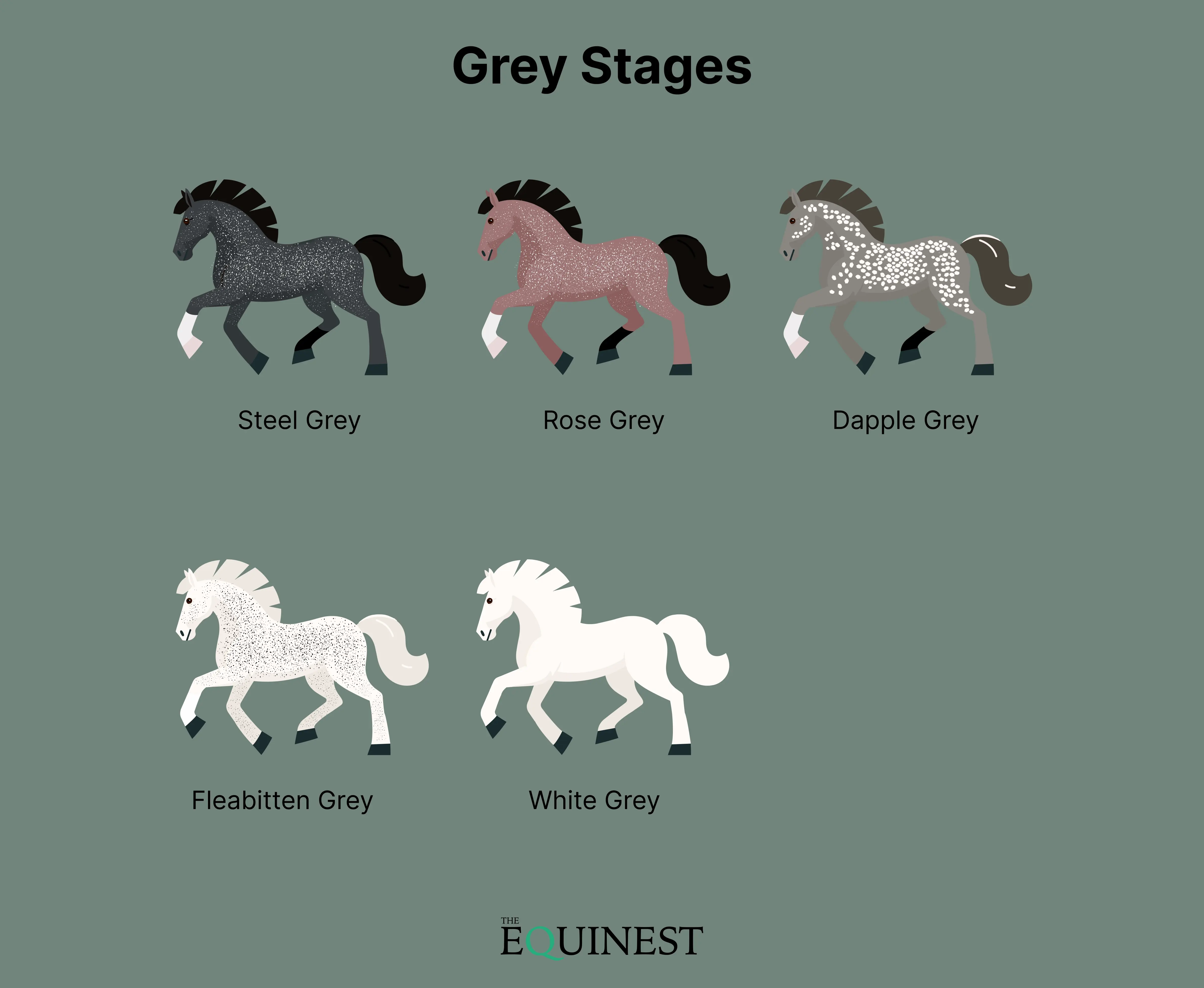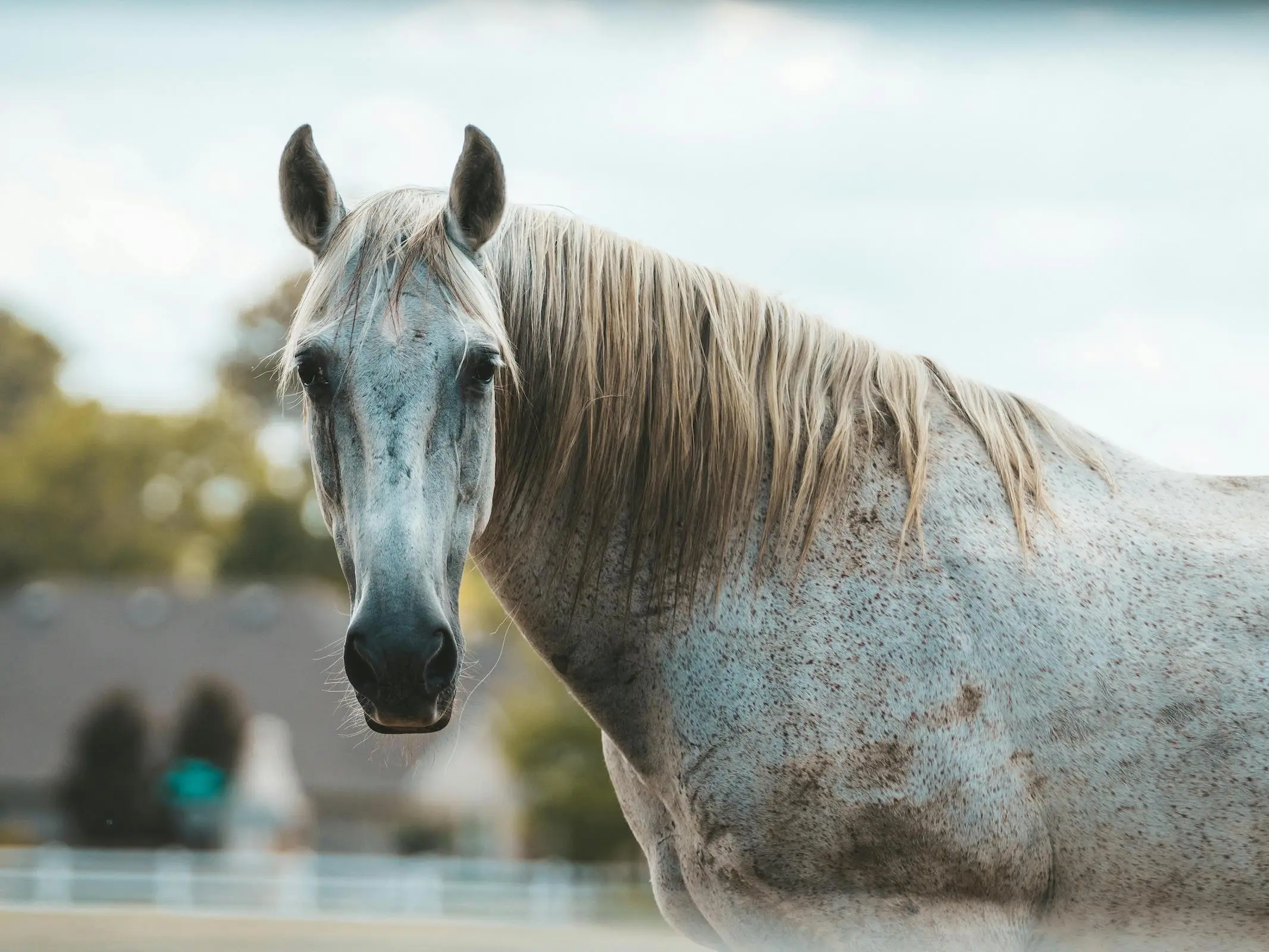
Most breeds carry the grey/gray gene and it is incredibly common in the horse world. It works similar to greying in humans, growing lighter with age until they are pure white. Their skin and eyes remain dark.
Updated Colors
We’ve been giving our colors section a major overhaul, to make the information more accurate and provide better images. Equine color genetics are incredibly complex and some of it still remains a mystery, even for geneticists. We think that is part of the fun.
Changing With the Seasons
Of all horse white patterns, grey changes the most over it’s lifespan. Animals are born their base color and yearly as they shed will show progressively more white hairs in their coat. How fast this happens varies by location, breed and animal, however most will generally become pure white between 6-12 years old. You can tell (roughly) how old a grey animal is, just by looking at them.
The Range
Because it affects all base colors, grey provides us with an enormous range of colors as they grow older. However they aren’t considered different colors, just different stages. We’ve put them in five stages of greying, loosely categorized by how much white is in the coat.
Stage 1 – First Shed
The first stage begins upon shedding of the foal coat, when white hairs are beginning to show dispersed throughout their coat. Usually within the first year.
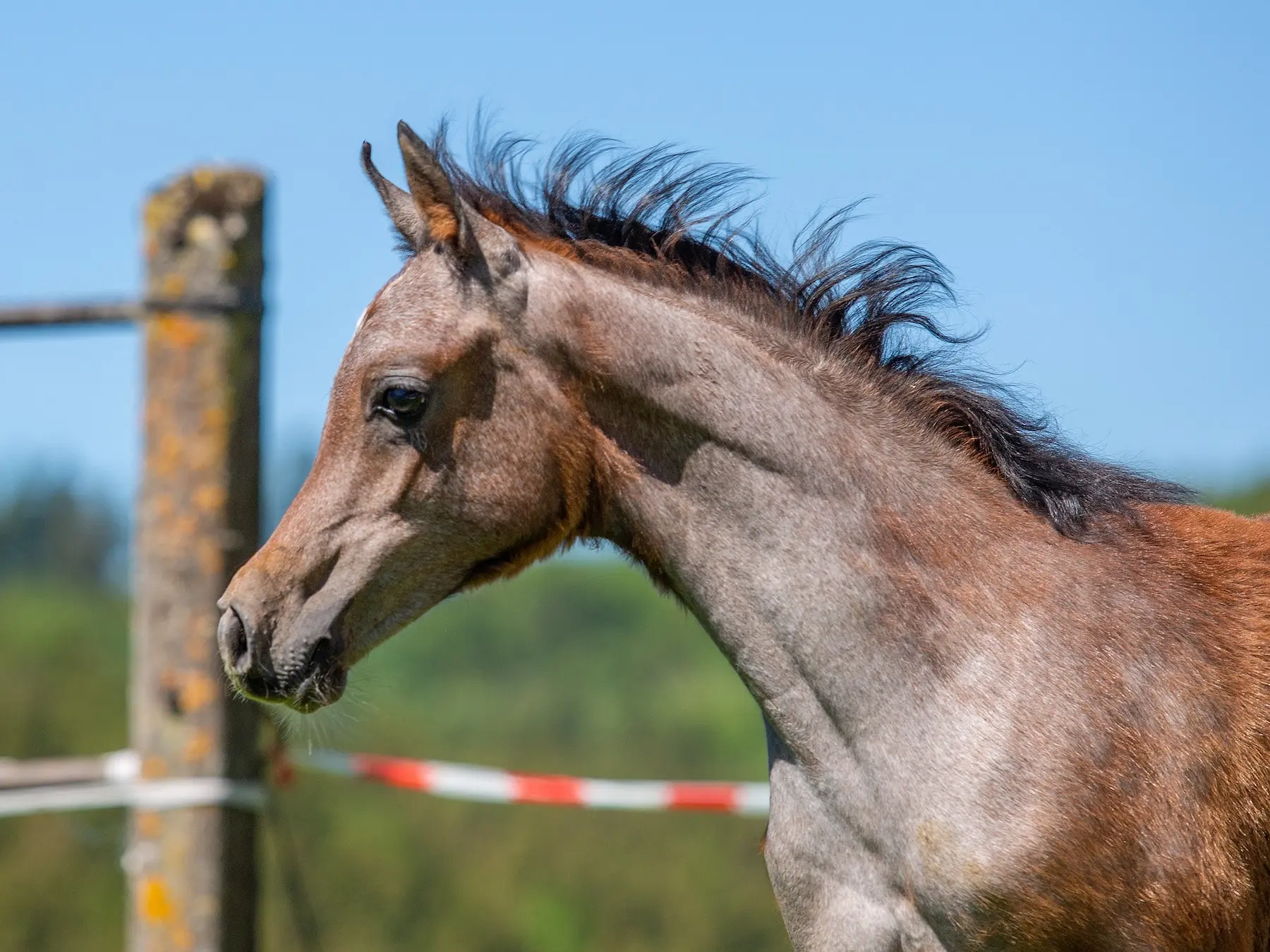
Stage 2 – Steel or Rose
From the shed of their baby coat, during the first few years greys will remain quite dark and their base color will be obvious. Looking similar to roan animals, except greys grow white hairs on their face and points (it often begins on the face) while roans retain base color in those areas. This stage is the most colorful part in the grey range, giving us a variety of pastel shades depending on base coat color. We added brown under steel grey, but they can produce a rose color too.
Stage 3 – Dapple
Perhaps everyone’s favorite stage, dapple grey is the star of the show and by far the flashiest stage of greying out. Not all animals will produce dapples and interestingly not all dapples are the same (shape or size). At this stage the base coat will usually still be obvious and our image searches alone show us that maybe darker bases dapple more slowly? The animal pictured below is the only chestnut dapple we could find. So pretty.
Stage 4 – Fleabitten
The fourth stage is aptly named, as it is sort of the reverse of the first. The coat is mostly white, with flecks or fleabites of the base color distributed throughout the coat. At this point distinguishing the base coat is usually possible, but more difficult. This is the most pastel stage of greying and the pigment’s last stand.
Stage 5 – White
The last stage is white, only found on mature animals and begins between 6-12 years of age. At this point all of the pigment has been removed and we are left with a pure white animal that has dark skin and eyes. There is no way to tell what their original color was, only memories and photographs.
Interesting Comparison
The image below was too beautiful not to share and shows the distinct difference a base color makes early in the process. The animal on the left is obviously chestnut and the one on the right might be bay or brown. Either way, they show how broad the shades of greying out can truly be.
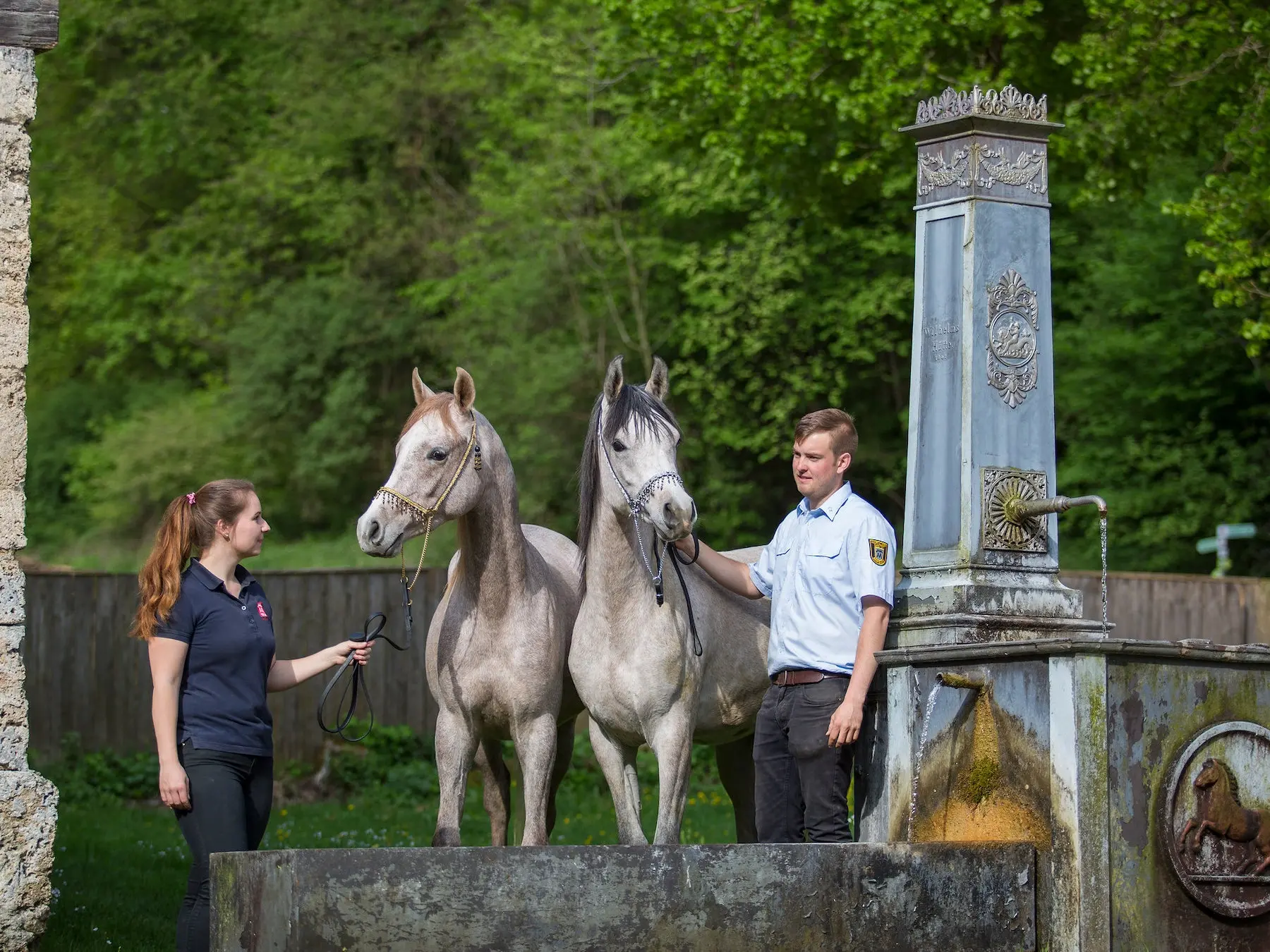
Grey Specific Weirdness
There are a couple of rare markings that are specific to grey animals, how they are associated genetically is unclear. The first one is chubari markings, which are egg-shaped white spots scattered throughout the coat. Their edges are clean, so they look different than the roaned dapples of a grey. The second is blood marks, patches of base coat that remain during the fleabitten and into the white stages.
Grey Breeds
Grey is found in almost every breed on the planet and in our search for grey breeds we noticed that many of the native pony species (especially in Asia) come only in bay or grey. We are assuming that is wildtype bay and not sure how the grey fits in, but thought it might be worth mentioning. Also worth noting is that three of the five breeds below are French.
Colorful World
The world of horse colors is truly a spectacular one and we will continue to share updated color (and breed) pages, with all of their spectacular images. We’ve been working on some quick color cheat sheets for all of the horse color lovers out there. Click the image below for a larger version.
 Steel Grey – Black or Brown Base
Steel Grey – Black or Brown Base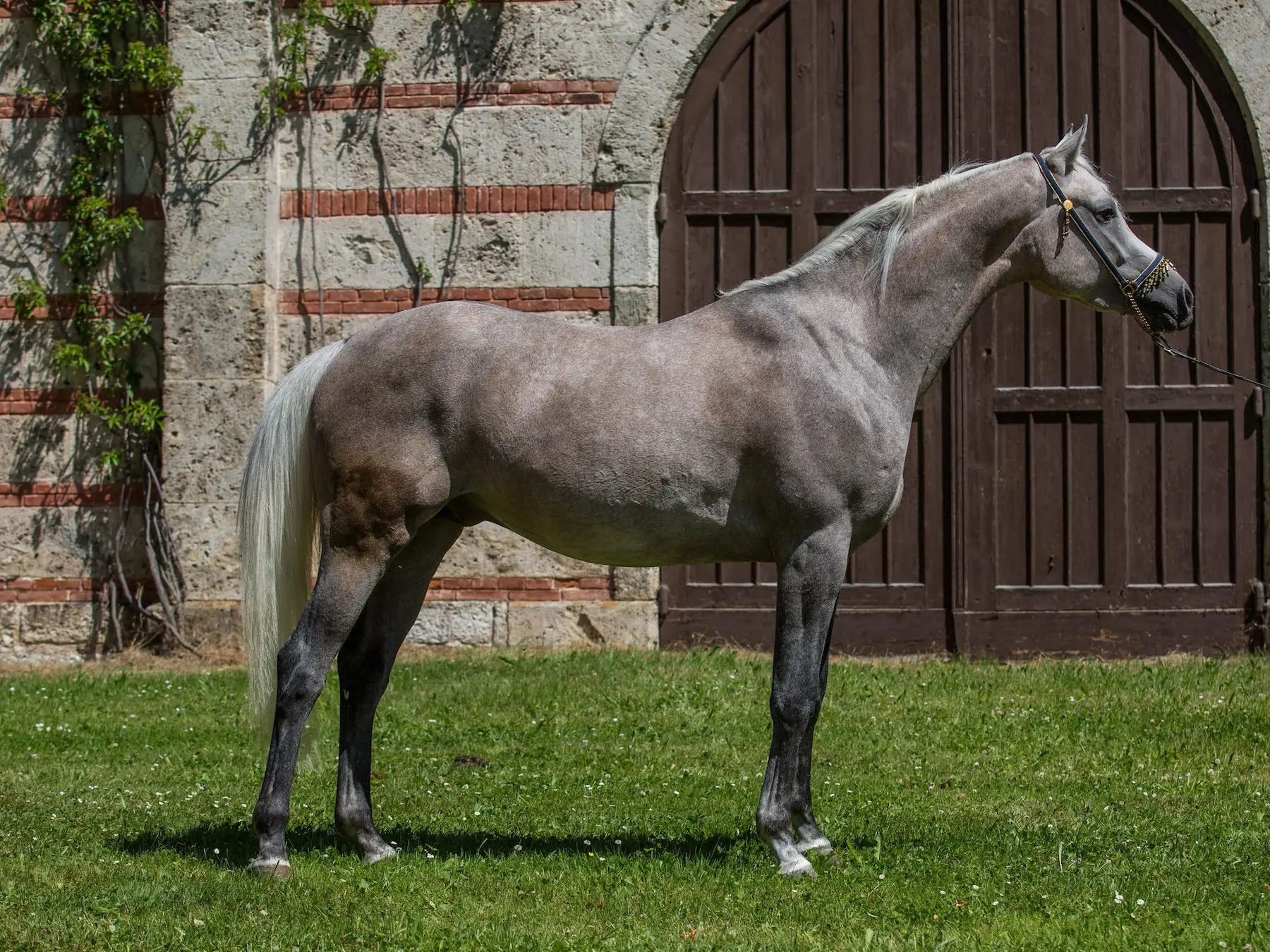 Rose Grey – Chestnut or Bay Base
Rose Grey – Chestnut or Bay Base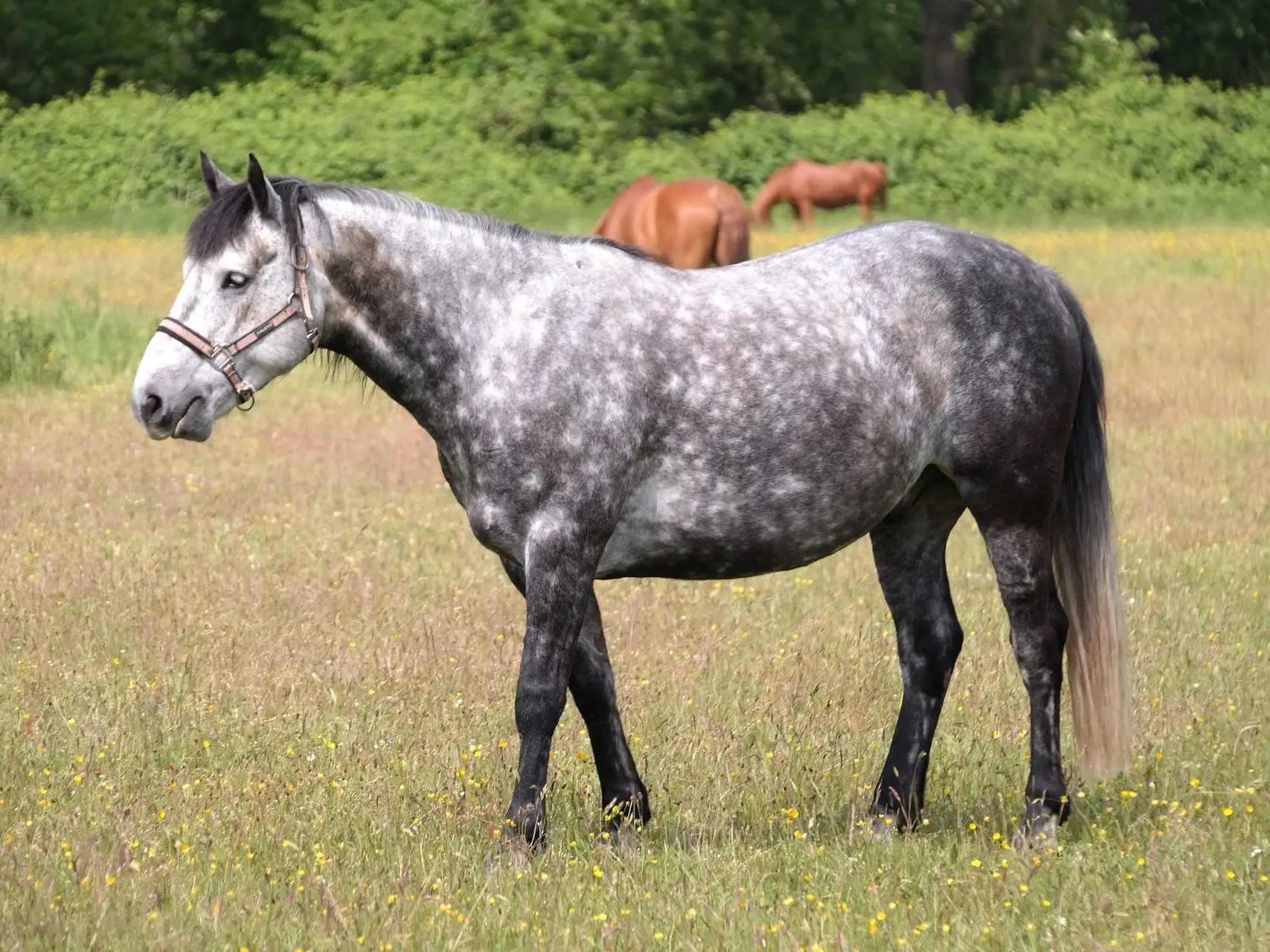 Black
Black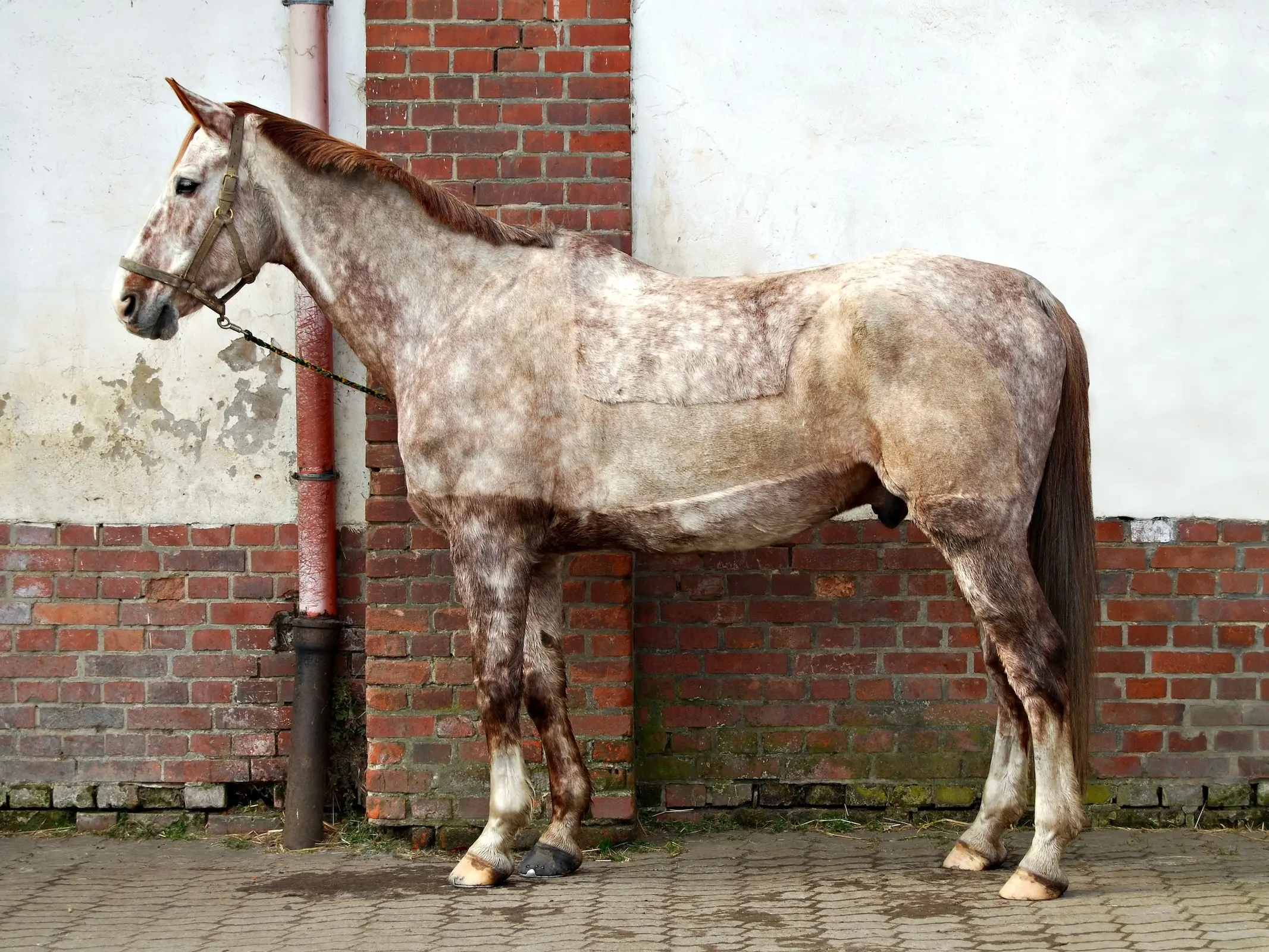 Chestnut
Chestnut Bay and Brown
Bay and Brown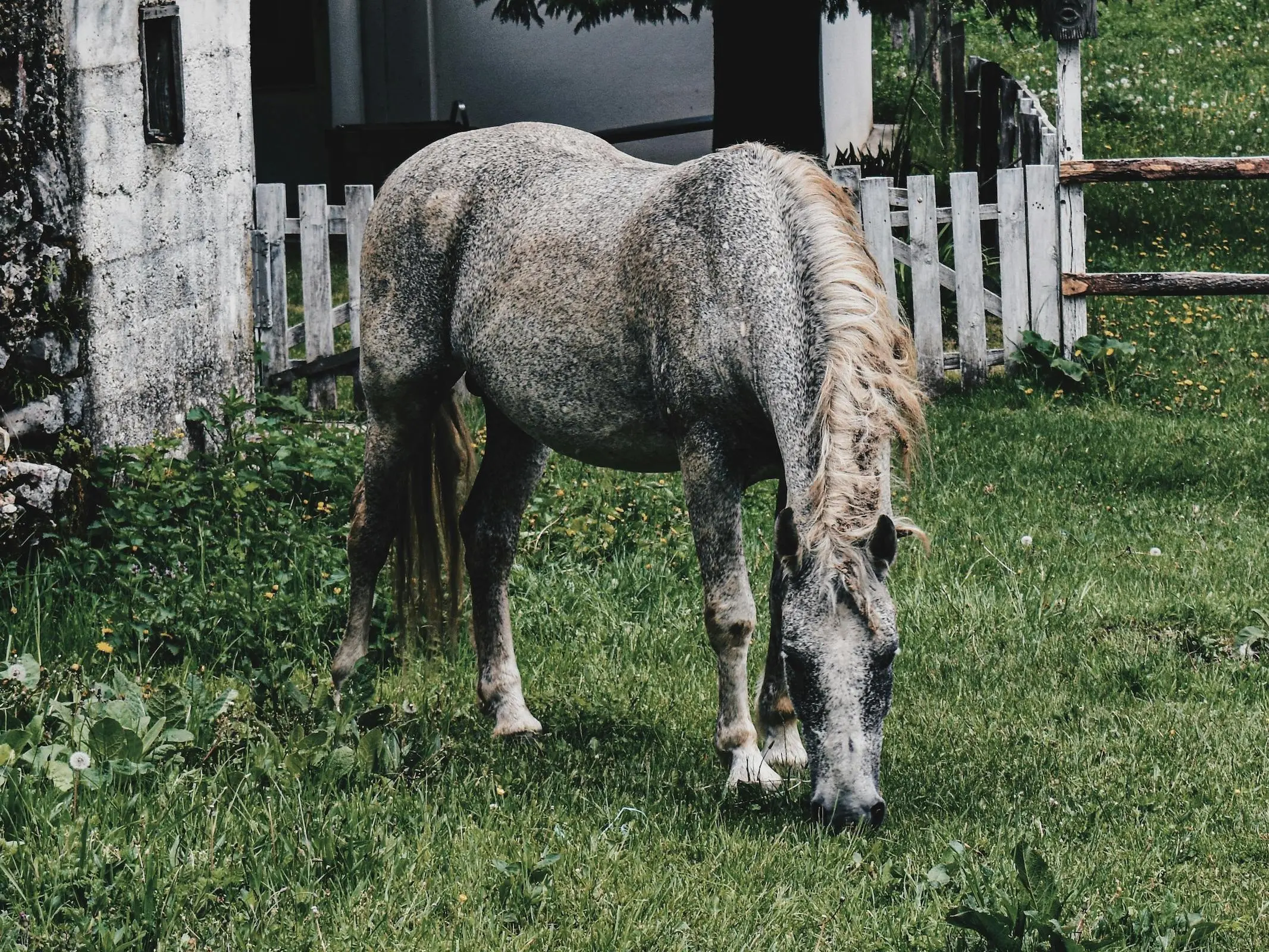 Black
Black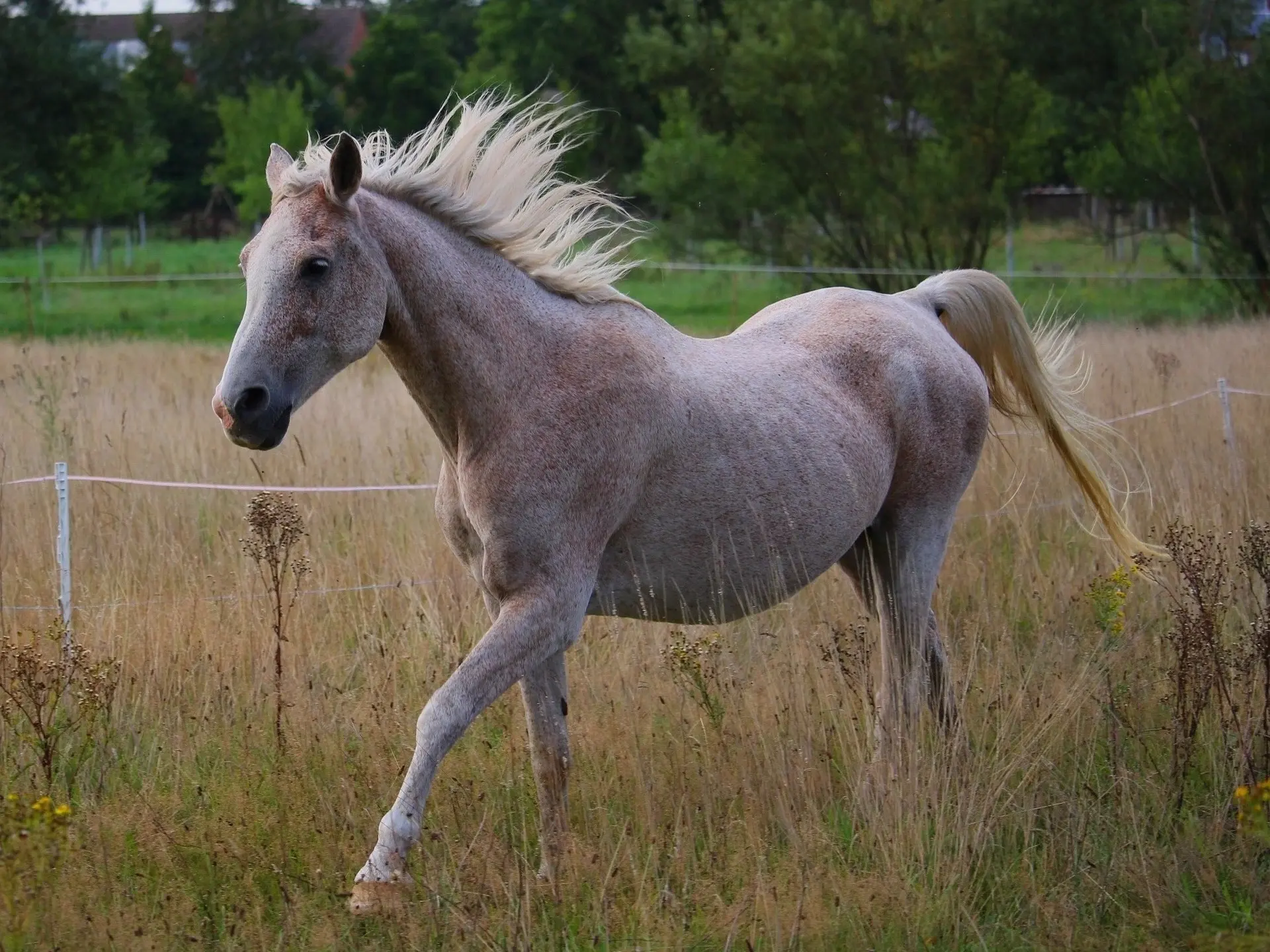 Chestnut
Chestnut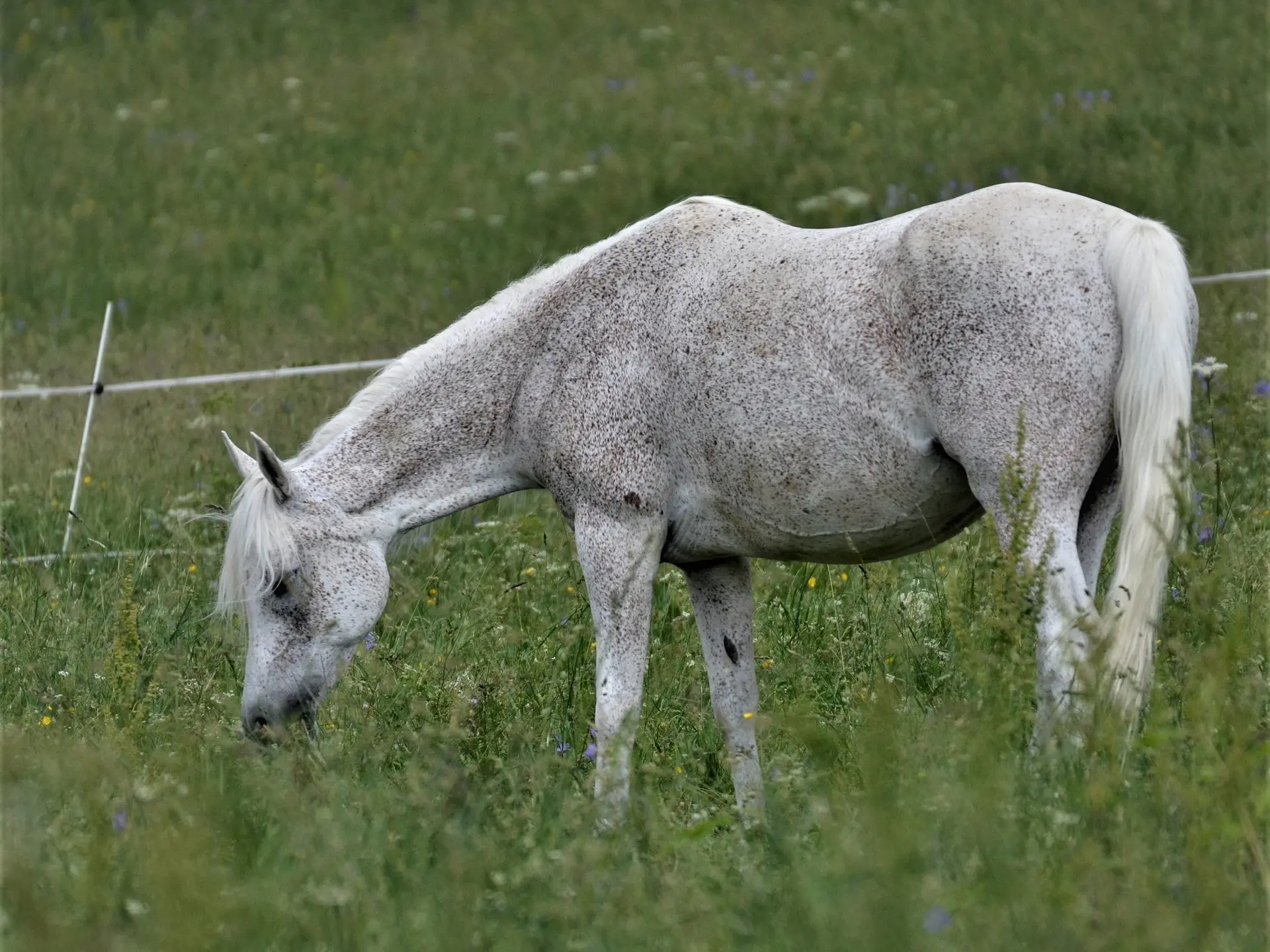 Bay and Brown
Bay and Brown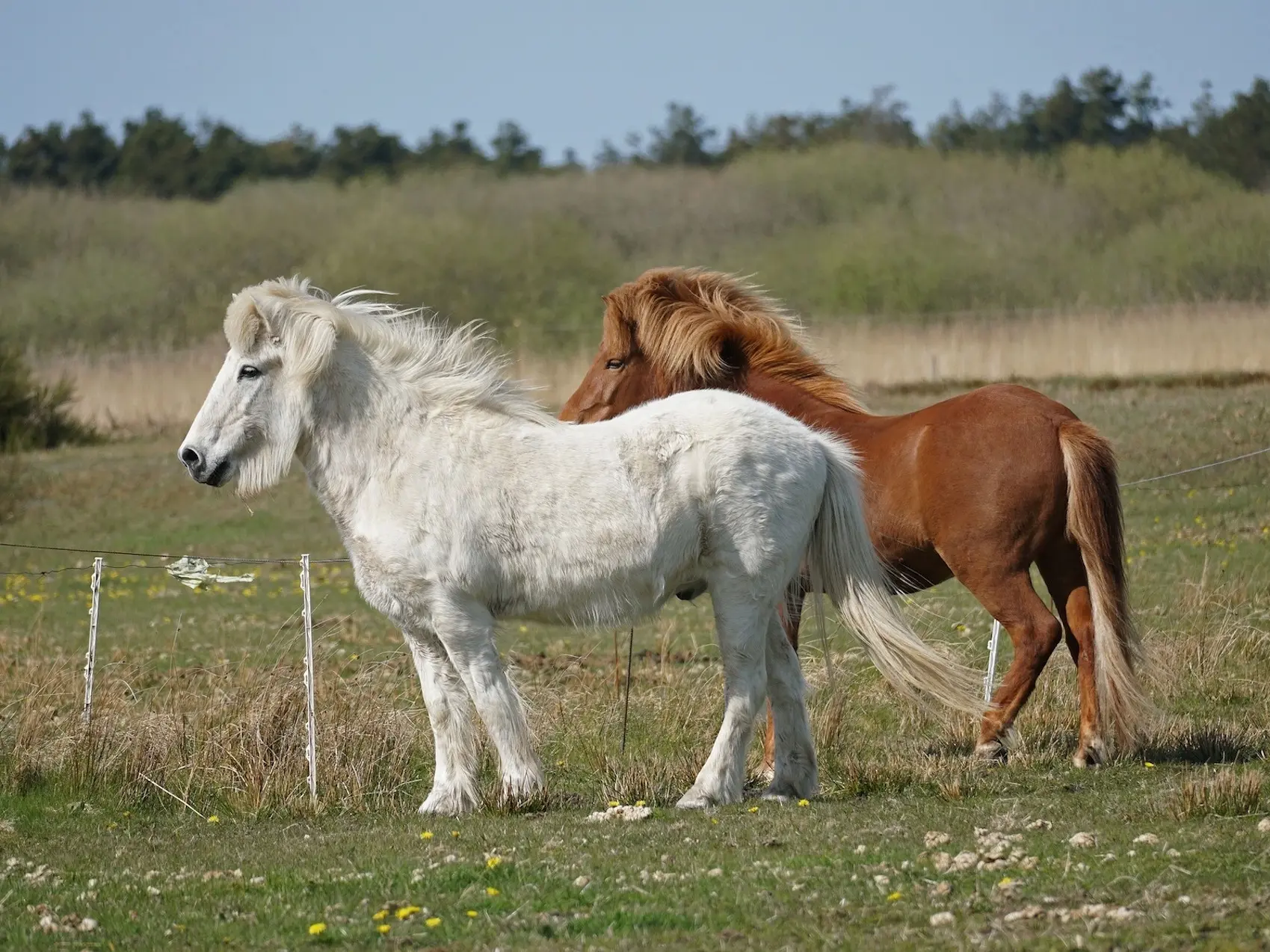
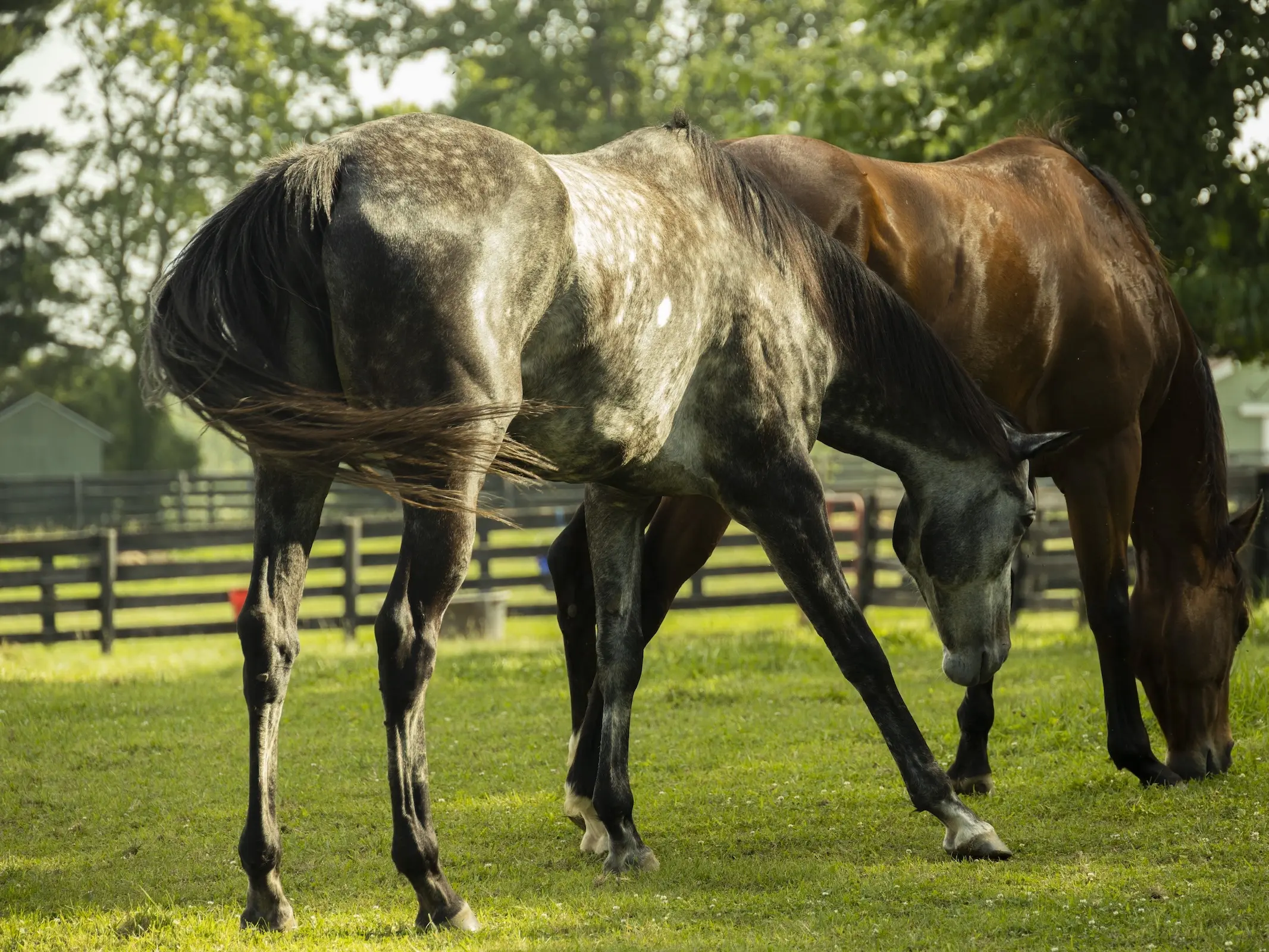 Chubari Marks
Chubari Marks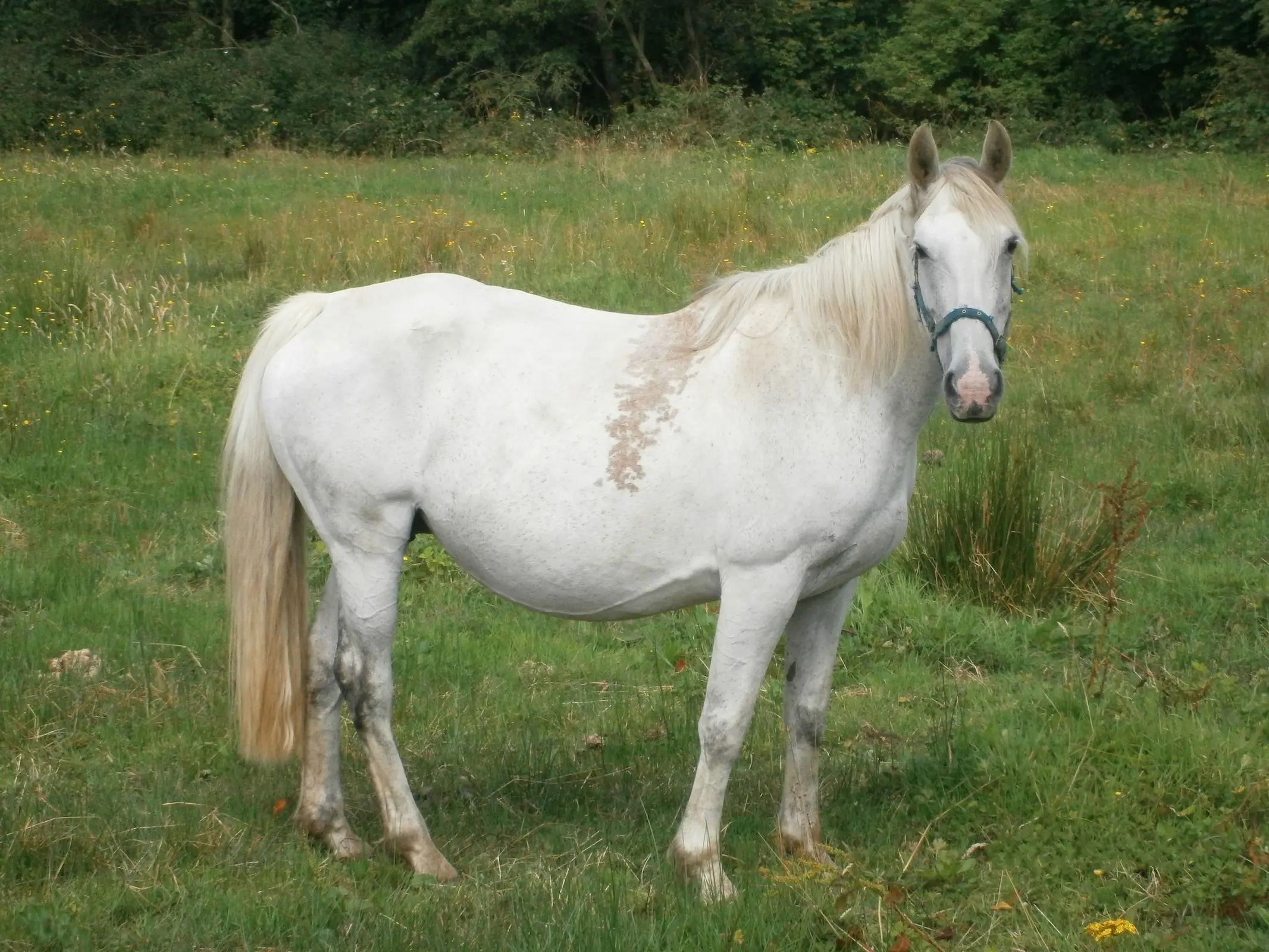 Blood Marks
Blood Marks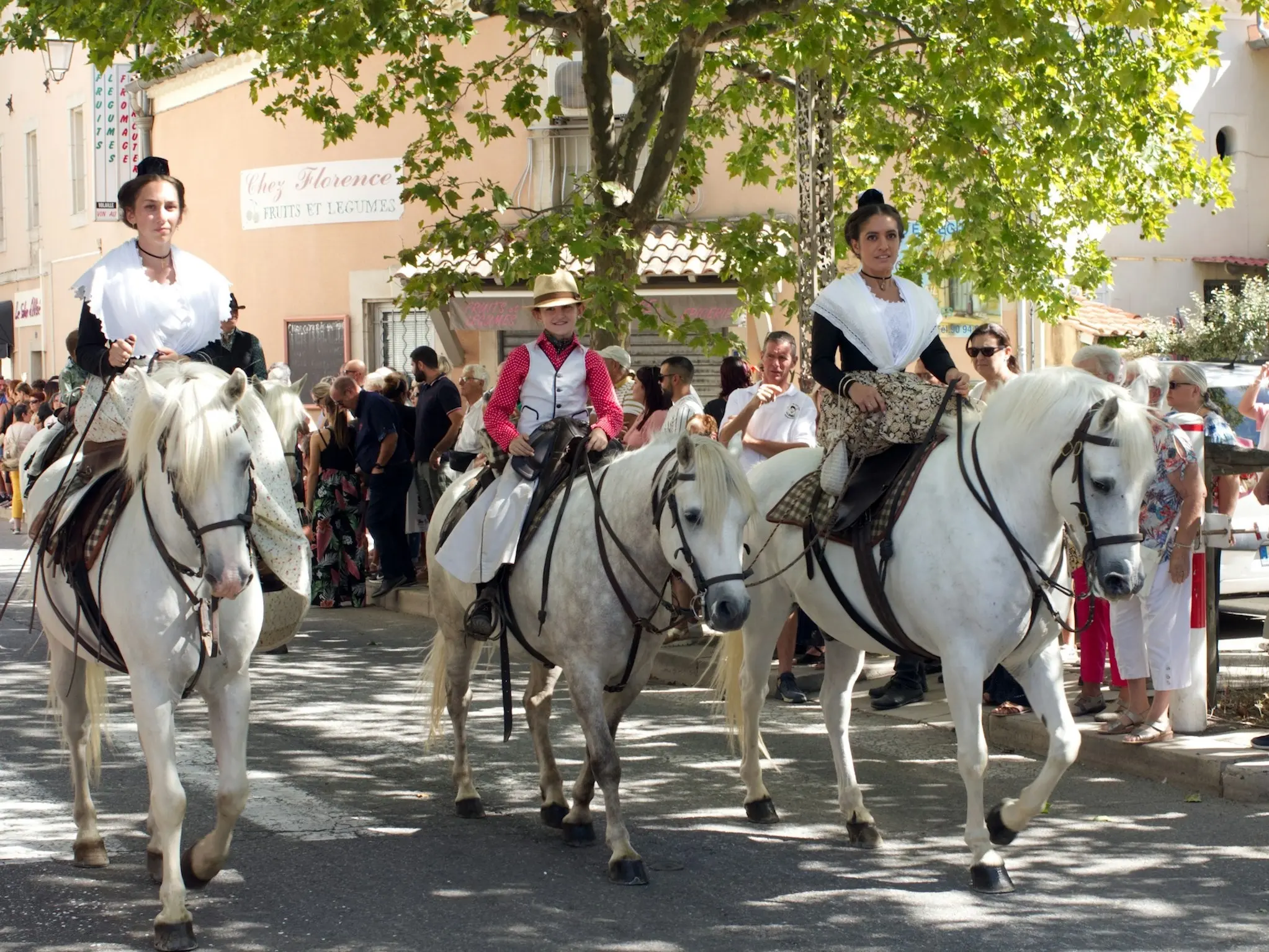 French Araboulonnais
French Araboulonnais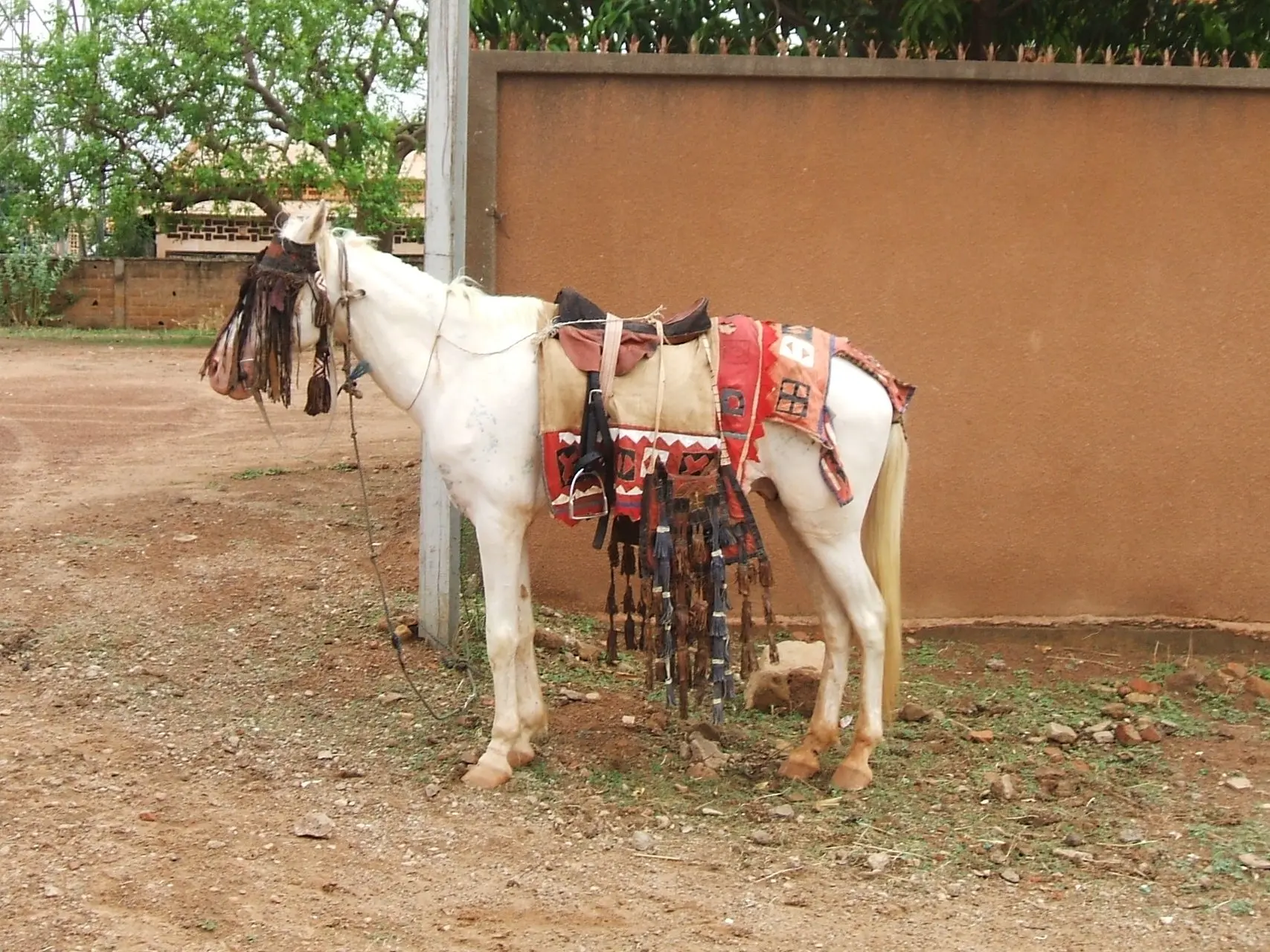 Burkina Faso’s Bobo
Burkina Faso’s Bobo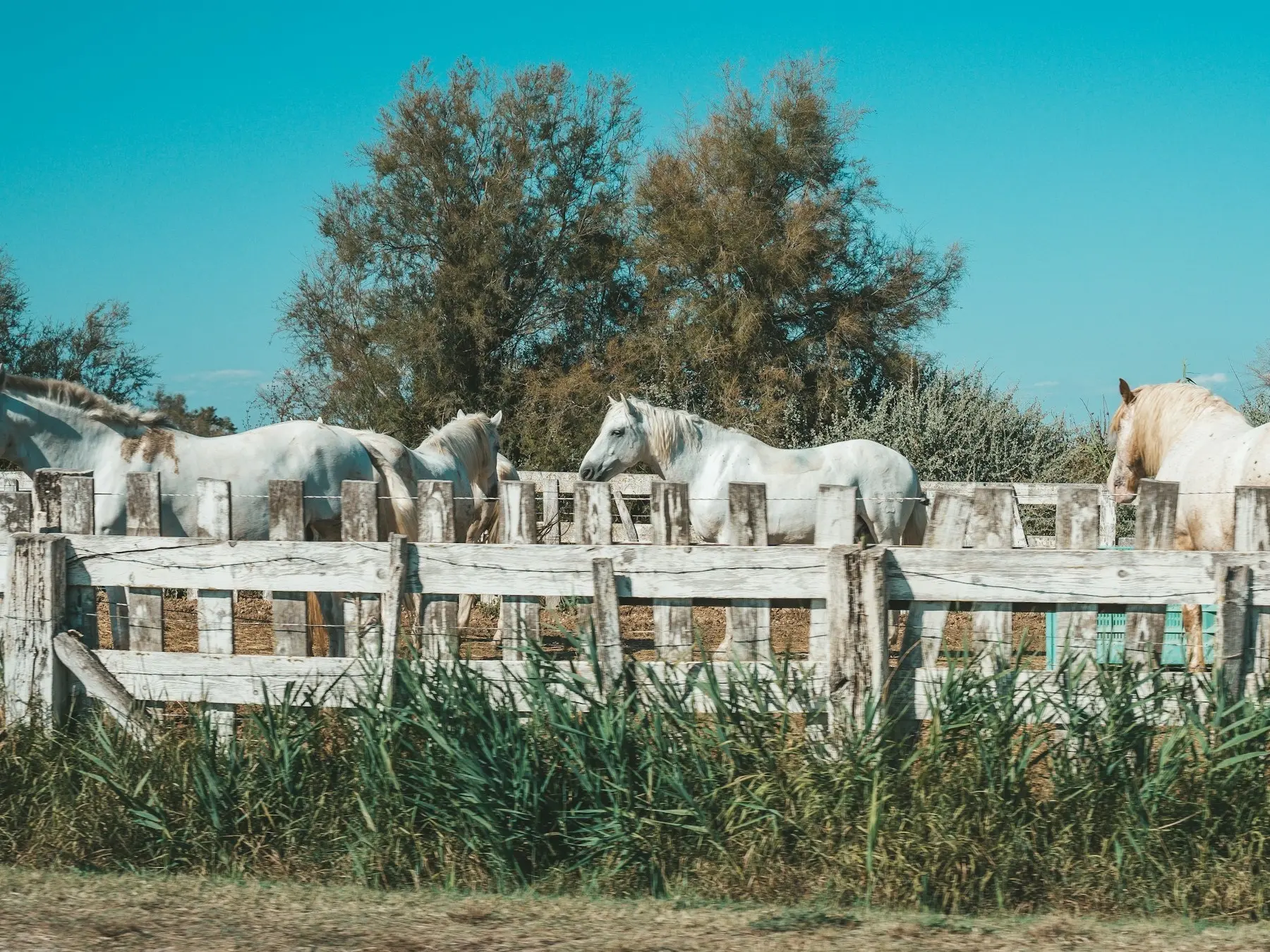 French Boulonnais
French Boulonnais French Camargue Horse
French Camargue Horse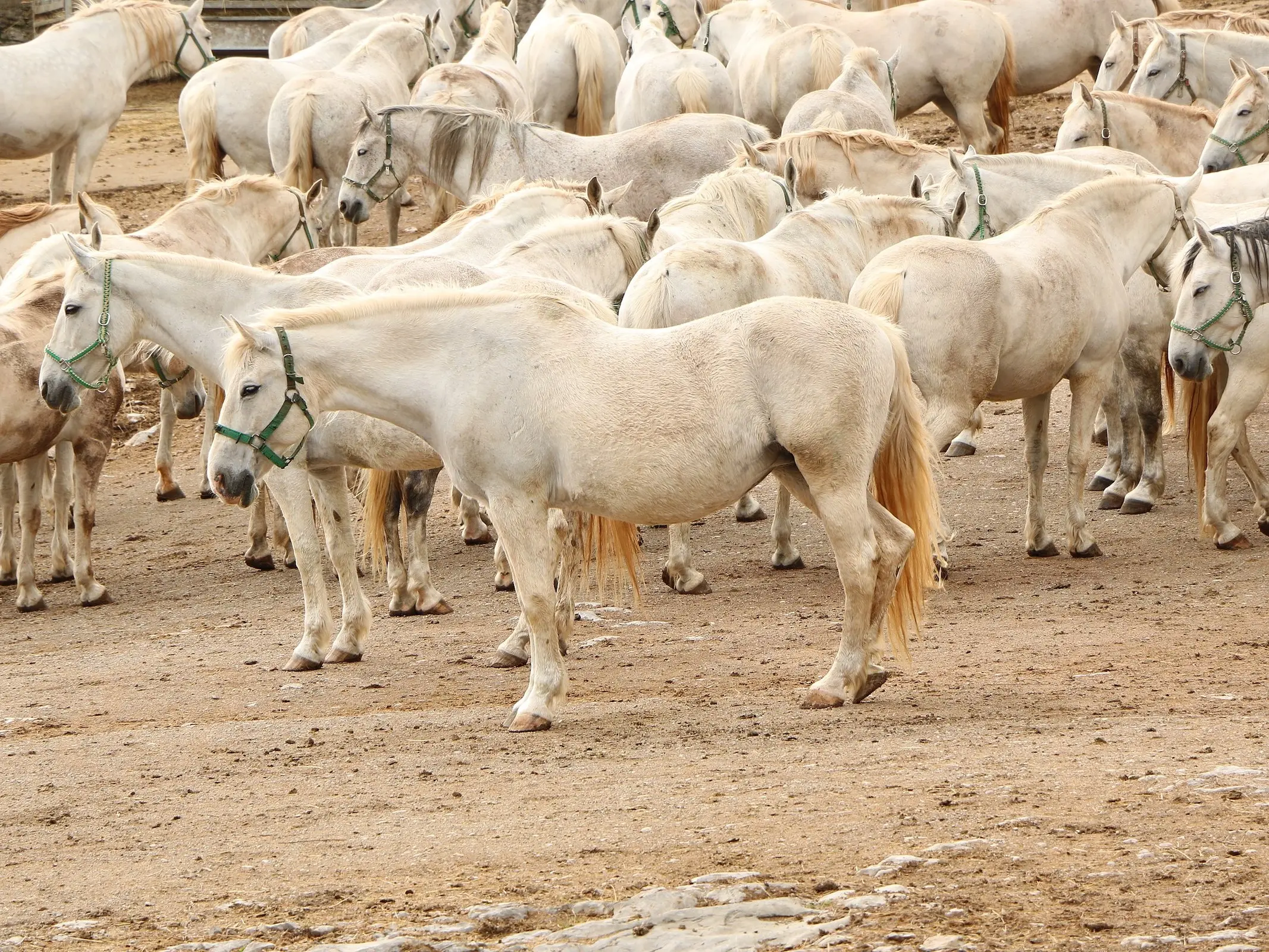 Austrian Lipizzan
Austrian Lipizzan